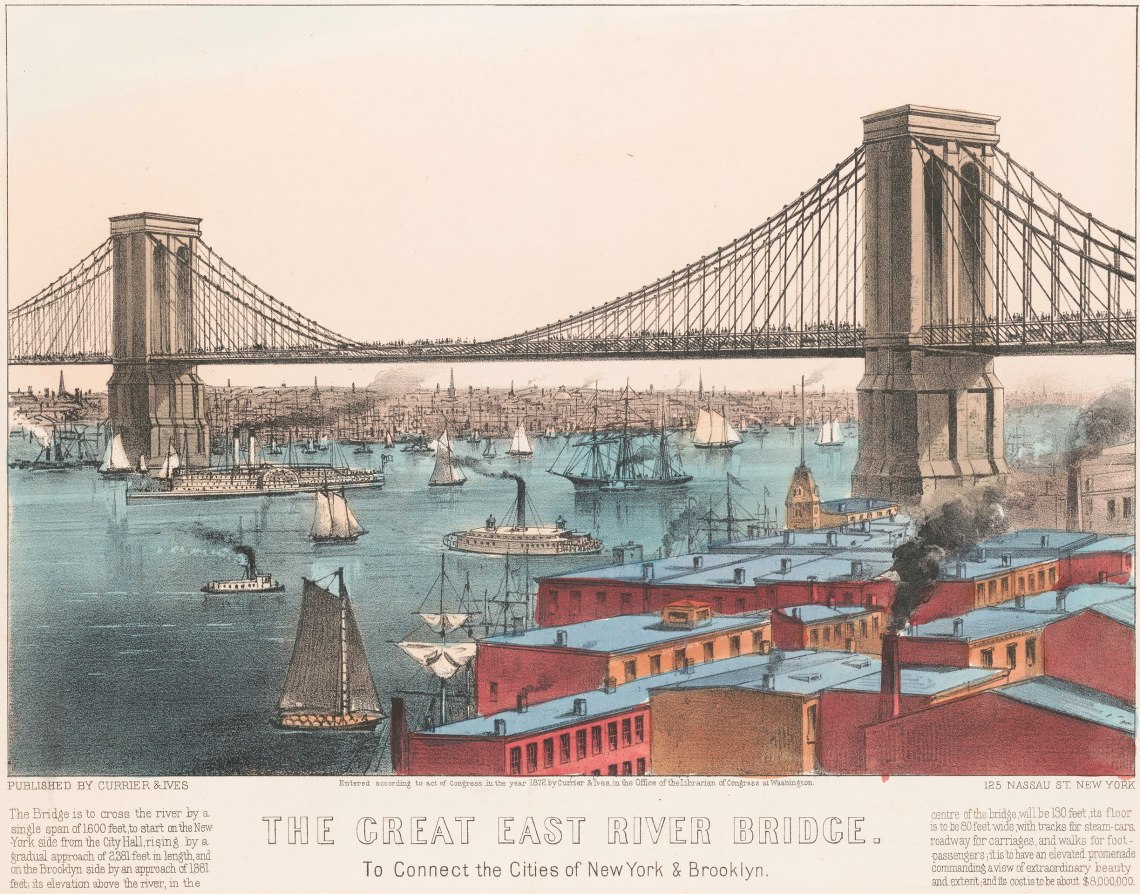Firsts in History
-
Alfred Nobel: The Founder of the Peace Prize
Alfred Bernhardt Nobel was an inventor and the person who established the Nobel Peace Prize. He set the criteria as “the person who shall have done the most or the best work for fraternity between nations, for the abolition or reduction of standing armies and for the holding and promotion of peace congresses.” The first recipients awarded the Nobel in 1901 were German, Wilhelm Conrad von Röntgen, Jakobus Hendricus van t’Hoff and the German Nobel Laureate in Medicine, Emil Adolf von Behring and the French minister, who received the Nobel Prize in Literature, the poet, Sully Prudhomme.
-
When was the World Wide Web Born?
First off, there is a distinction to be made between the internet and the World Wide Web. The internet has been around since the 1960s, though the average person wasn’t aware of its existence. Those utilizing its power back then were a few select professionals working in government and research. When the World Wide Web came along in 1989, it was the perfect time. It came about after the expansion of all the multitudes of interconnected networks and other infrastructure necessary to lay the foundation. Sir Tim Berners-Lee is responsible for inventing the World Wide Web. He was a British computer scientist. His creation of HTML, HTTP, and URLS opened up the…
-
Brooklyn Bridge History: The first crossing of the East River
The Brooklyn Bridge had its opening on May 24, 1883; a connecting of Brooklyn and New York City. The bridge had the distinction of being the first and longest, fixed crossing of the East River. It is a hybrid meaning both a cable stayed bridge as well as a suspension bridge, when it opened. Initially, it was called the New York and Brooklyn Bridge, only to officially be renamed, in 1915, the Brooklyn Bridge. The bridge boasted, at the time of its opening, to be the longest suspension bridge in the world with a span of 1,595.5 feet (486.3 m).
-
Ruth Bader Ginsburg has Died at Age 87
Ruth Bader Ginsburg was the first Jewish woman to serve on the Supreme Court. After Sandra Day O’Connor, she was the second woman to serve. Ruth Bader Ginsburg died from metastatic pancreas cancer today, Friday, September 18, 2020. Supreme Court Justice Ginsburg’s dying wish was, to quote her, “My most fervent wish is that I will not be replaced until a new president is installed.” Ruth Jane Bader was born on March 15, 1933 in Brooklyn. She went on to live an amazing life, where she overcame numerous hurdles and achieved many firsts. A true heroine of our time who is greatly revered and she will continue to be a powerful…
-
Phineas Gage: An Accidental First in Neuroscience
After the accident, Phineas became unruly and unreliable; using profane language and changing his mind at every turn.
-
First Known LSD Experience in History
It was in 1943 when Swiss scientist Albert Hofmann (credited with the synthesis and discovery of LSD-25) inadvertently ingested lysergic-acid-diethylamide, (easy to do since it only takes an infinitesimal amount to become activated in the human mind) , from leftover ergot fungus, which grows in rye kernels. This left over fungus, as recounted by Hoffmann, had been setting on a shelf in a jar for five years after having been tested in animals only. Below is an account of the 1943 synthesis experience with the left over fungus in Dr. Hofmann’s own words: ” In the final step of the synthesis, during the purification and crystallization of lysergic acid diethylamide in the…
-
First March On Washington
The first march on Washington took place during what is referred to as The Gilded Age. A time period in American history spanning the years from 1870-1898 characterized by “economic inequality and technological innovation; conspicuous consumption and philanthropy; monopolistic power and populist rebellion”. A businessman from Ohio, Jacob Coxey, led the march consisting of unemployed men, Coxey’s Army, beginning with 100 men on March 25, 1894 in Massillon, Ohio. Gilded is not the same as golden. Gilded means having a thin gold coating. Read more about how the original Gilded Age is repeated in history. source: USA Today
-
History of Fact Checking in Journalism
A focus on fact-checking in American journalism was spurred on by yellow journalism and muckraking practices of the late 19th century and early years of the 20th century. The Bureau of Accuracy and Fair Play that was founded in 1913 had the assignment to “correct carelessness and to stamp out fakes and fakers”. It served to find and apologize for already in print errors rather than preventing such errors from entering into print in the first place. Time magazine was one of the earliest to use the actual term “fact checking” back in 1935 in an issue of Colliers that referred to the addition of “its researchers and fact-checkers from…
-
Kodak Founder George Eastman
George Eastman was not the inventor of the camera. His genius was in making the less than ideal camera that he first worked with as a bank employee at the age of 24 in 1878 better. Its awkward size was like a “soap box“. He made it smaller and introduced a compact rolled film with gelatin on a strip of paper. He innovated a new camera named the Kodak (1888). Source
-
IBM’s Launch of Personal Computer Model 5150
Researching the history of the personal computer reveals how far along we have come, since IBM launched its first personal computer, model 5150, on August 12, 1981. It was an extravagant affair held at the New York Waldorf Astoria Hotel. The New York Times’ article in August of 1981, NEXT, A COMPUTER ON EVERY DESK, boasted of a “second generation of machines” with the ability to, “…use microprocessors capable of handling 16 ”bits,” or units of information, at the same time, twice the processing power of existing 8-bit machines. ” At 21 pounds and costing $1,565 the 5150 was a great success having much to do with a big advertising push that moved the…







